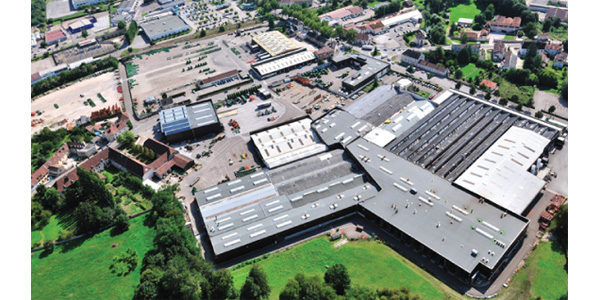Industrial property segment continues long, slow comeback

The nation's industrial property market is continuing its long, slow climb out of a very deep ditch.
Driven by growing demand for so-called "big box" distribution center space of more than 500,000 square feet, the U.S. industrial property sector is seeing vacancy rates drop to 10 percent, a level that historically begins to stimulate demand for warehouses and DCs, real estate and logistics services giant Jones Lang LaSalle (JLL) said in its Spring Industrial Outlook report, which was released June 20.
Furthermore, the improvement is being felt in markets like Phoenix and Miami, both of which took a beating when the industrial real estate market plunged along with the rest of the economy in 2008 and part of 2009, the report said.
Craig Meyer, JLL's international director, said in an interview that the decline in the overall vacancy rate has been as gradual as it has been consistent. At the trough of the recession, vacancy rates were in the 12- to 13-percent range, he said.
About 68 percent of the markets tracked by JLL have shown positive net absorption, an indication that demand is starting to sop up supply that has remained largely static since new construction ground to a halt during the financial crisis and subsequent recession, Meyer said.
California's Inland Empire, located east of the Los Angeles basin, continues to be a star performer, with vacancy rates falling by 80 basis points, the report said. Meyer said there are three to four active projects in the region involving DCs of 500,000 square feet or more.
For the first time in three years, developers are beginning to mull the idea of so-called "spec development," where facilities are built before any firm commitment is made. Meyer said "we will see a return to spec development in 2012," though he stressed the recovery will not be vigorous.
In fact, Meyer was cautious in describing the overall recovery, saying rents remain depressed, new construction activity remains muted, businesses remain very conservative about financial commitments to warehouse and DC space, and that the gains are not evenly distributed across the country. "This is not a wholesale and widespread development recovery. It's more like the corpse coming back to life," he said.
Meyer said that while low asking rents undoubtedly attracted leasing interest, the lower vacancy rates and pickup in activity has been driven more by a brighter overall economic outlook. As for the outlook for rents, Meyer said that the current situation, which may persist for months, "is as good as it ever is going to get" for tenants and lessees.
Chicago experienced the strongest surge in demand with 7.7 million square feet absorbed in the first quarter alone, the report said. Most of that demand was driven by third-party logistics service providers, according to the report.
Related Articles

Copyright ©2024. All Rights ReservedDesign, CMS, Hosting & Web Development :: ePublishing